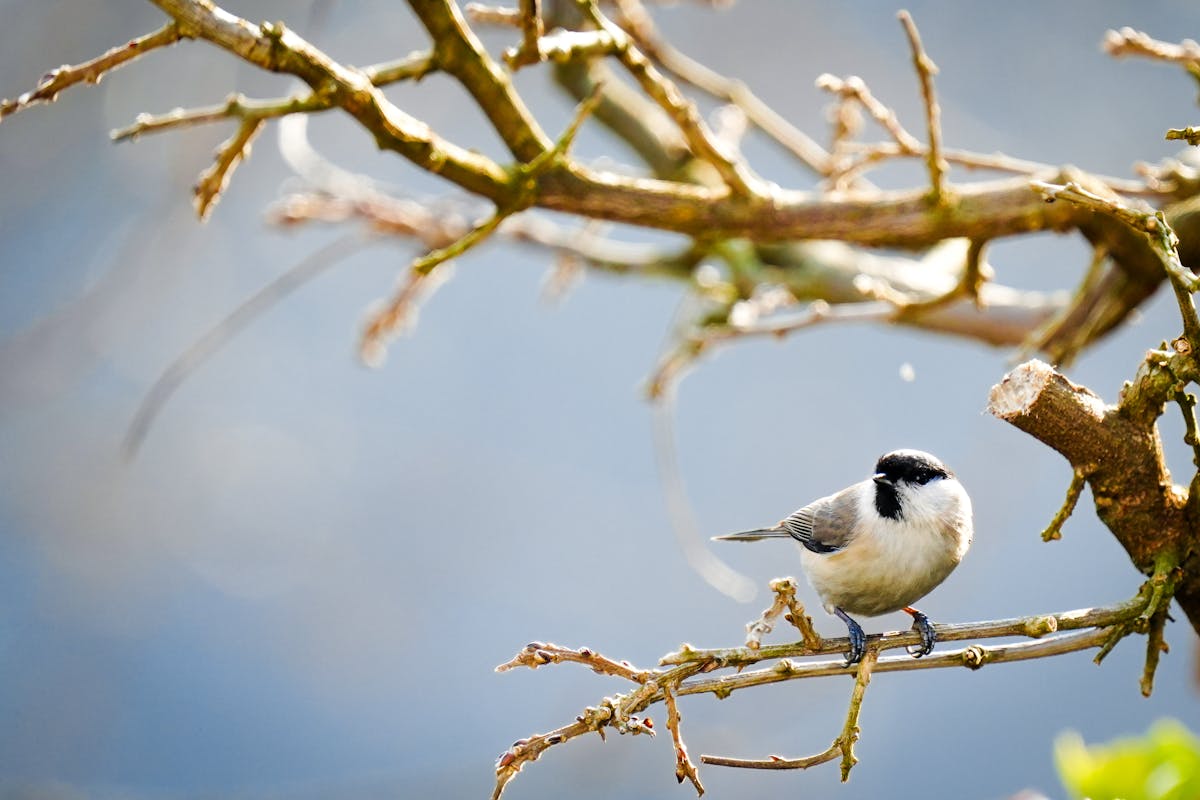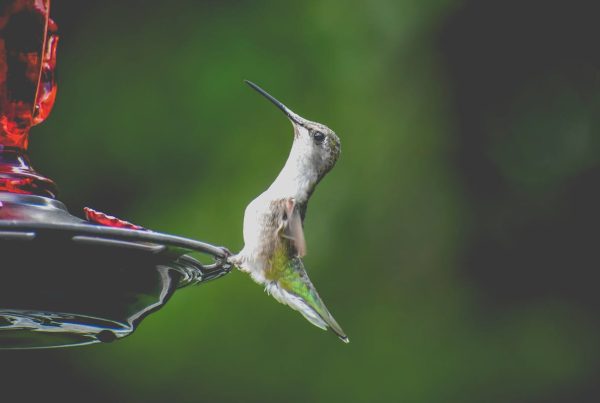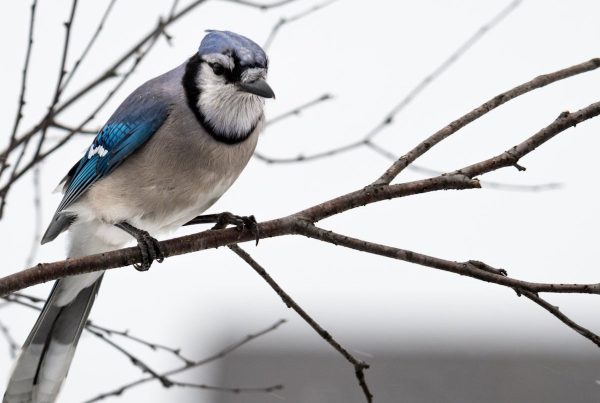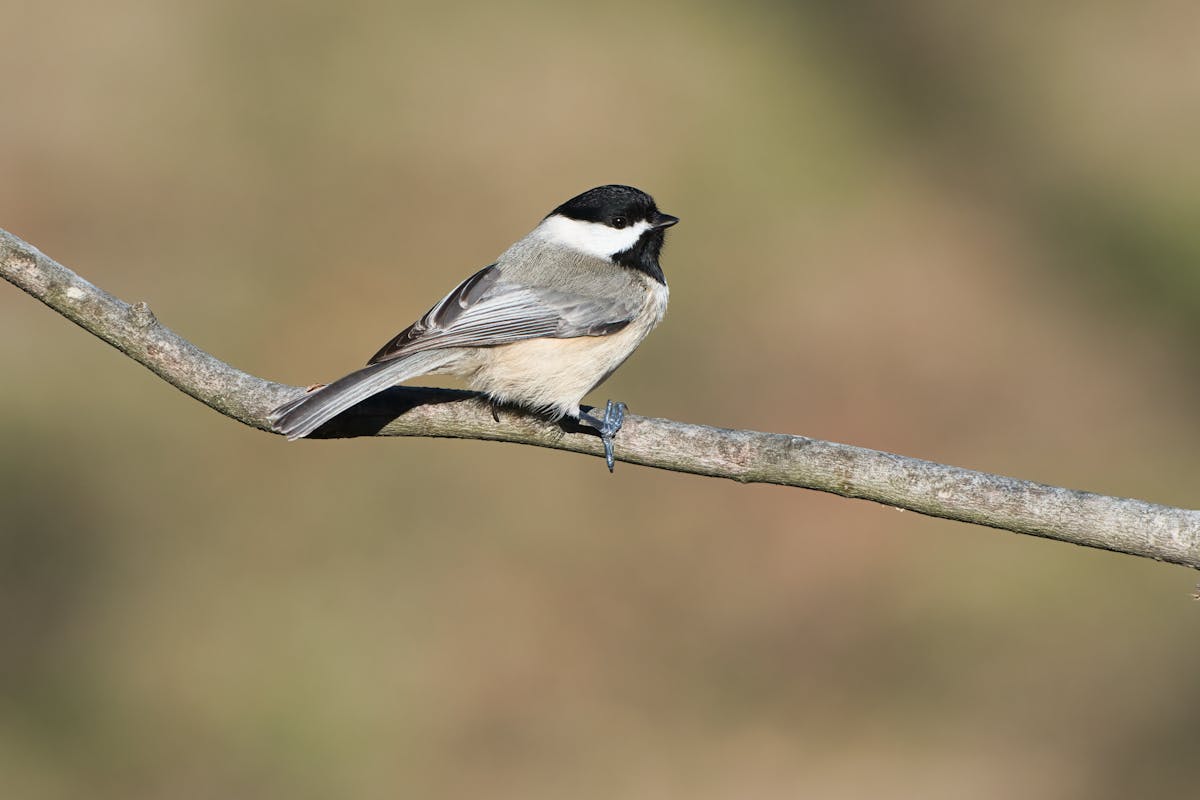
Black-capped Chickadee
🐦Bird Introduction-Black-capped Chickadee:
The black-capped chickadee is a small, non-migratory songbird of North America, inhabiting deciduous and mixed forests. The black-capped chickadee bears a black cap and “bib” with white sides to the face. The underparts are white with rufous brown on the flanks. Its back is gray and the tail usually slate gray.
📝Basic Info:
- Common Name: Black-capped ChickadeeScientific Name: Poecile atricapillus
- Common Name: Black-capped Chickadee, Chickadee
- Lifespan: less than 2-3 years
- Size: 4.7–5.9 inches
- Weight: 0.5 oz (12 g)
- Wingspan: 6.3–8.3 inches
🌎Distribution and Habitat of Black-capped Chickadee:
They are year-round residents, found from New England to the West Coast. In the West, they range all the way south to New Mexico. In the east, they follow the Appalachian Mountains down to Georgia. Black-capped chickadees are found near the homes of Canadian residents and Alaskans as well.
Chickadees can inhabit any area with trees or woody shrubs, from forests and woodlots (trees in the stands) to urban neighborhoods and parks — and at times weedy fields and cattail marshes. They often build nests in birch or alder trees.
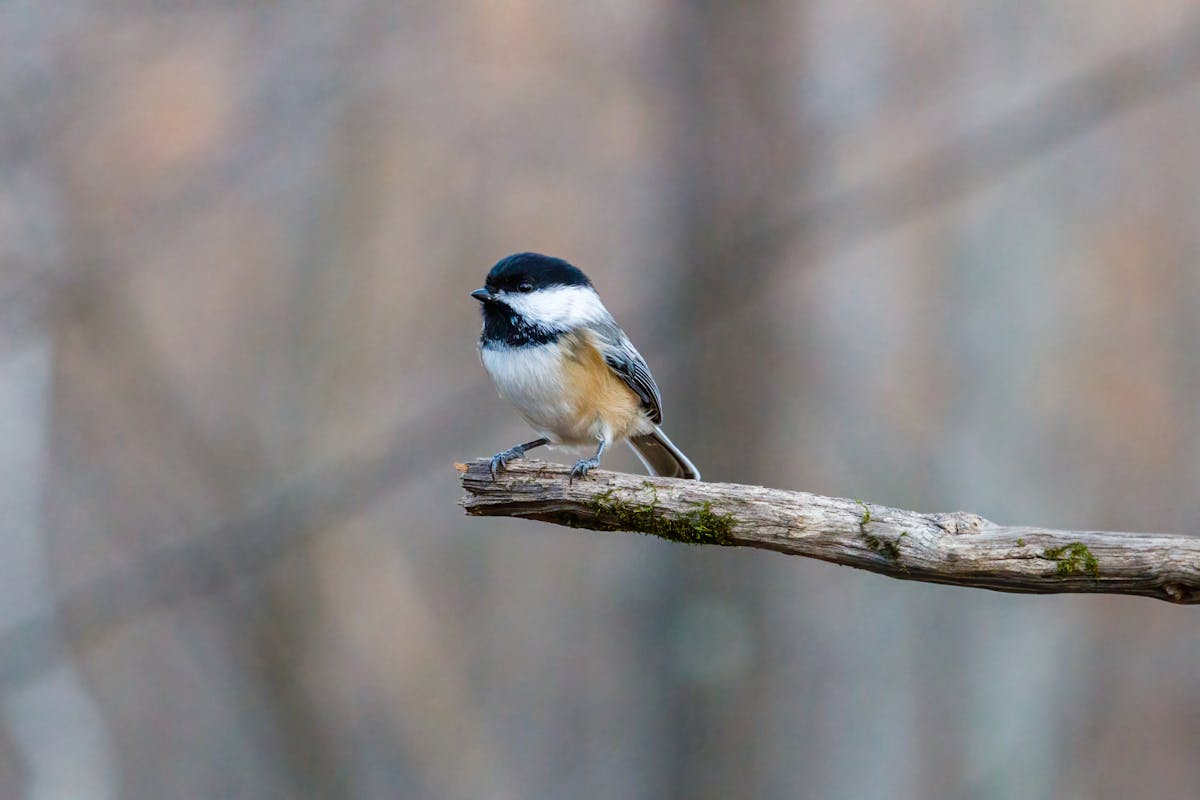
Black-capped Chickadee Bird
🌳Black-capped Chickadee from the backyard:
Chickadees are among the most easily attracted birds at feeders, for suet, sunflower and peanuts. They’re also quick to visit window feeders. Black-capped Chickadees stash seeds and other food to consume in the future. They get placed in different places and the chickadee can recall thousands of hiding spots. Chickadees will grab seeds from feeders and trays and head over to a tree branch to hammer them open.
🪺Breeding of the Black-capped Chickadee:
Black-capped chickadees typically breed only once a year. And their hatchlings are altricial, naked and eyes closed. Both sexes feed the nestlings, but only the female broods them. Young depart the nest 12–16 days post-hatching, in large part because parents begin offering food only outside the nest hole. The parents continue to brood the young for a number of weeks but the fledglings are prompt to catch themselves food within a week of leaving the nest.
🌟Black-capped Chickadee & its look alikes:
The closest relative of Black-capped chickadee is Carolina Chickadee.
Carolina and Black-capped chickadees have extremely little range overlap; compare range maps, seek out strong contrast in the wings, and listen to Carolina’s 4-noted song.



